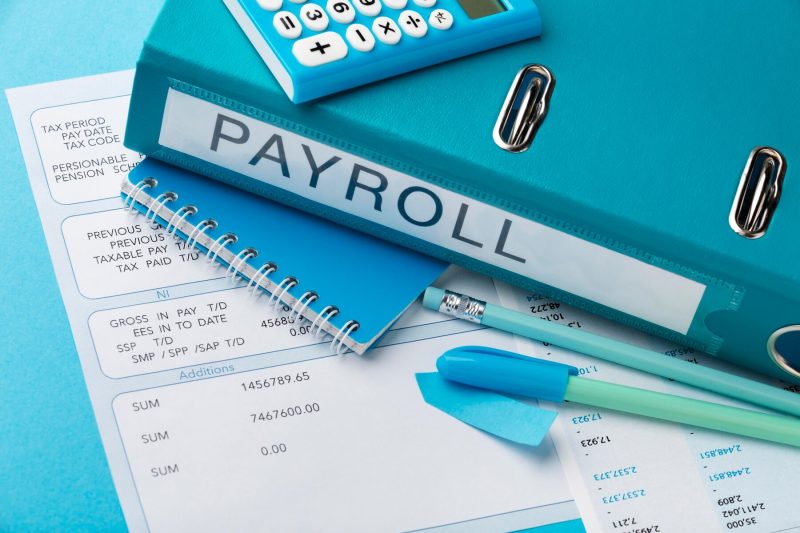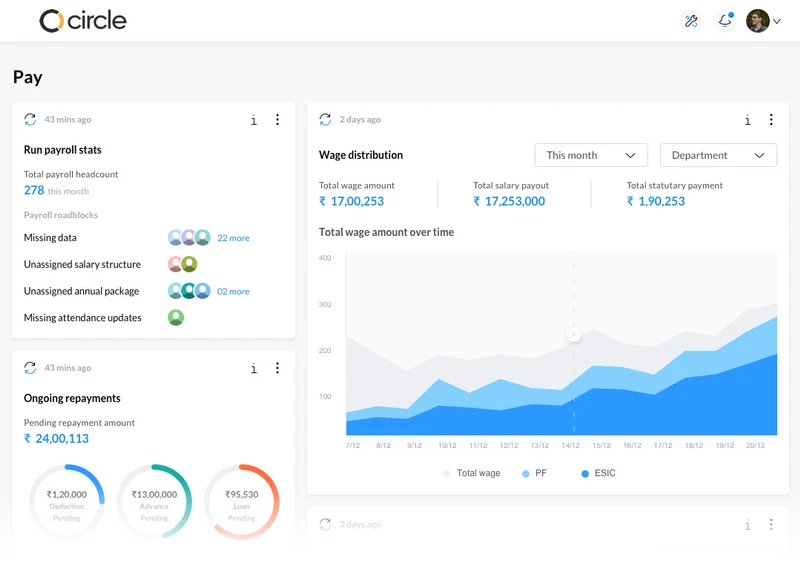A crucial step in the tax procedure is filing an income tax declaration, in which the salaried employee informs their employer of various aspects of their income and tax-saving investments made during a certain fiscal year. Human Resource Management uses this investment declaration to determine the applicable income tax on the employee’s salary. This investment report is normally in a prescribed format at the start of the fiscal year.
What Is an Income Tax Declaration?
The statement of employee declaration contains information like taxable salary, which comprises the employee’s basic salary, allowances such as rental expenses, bonuses, and other taxable benefits earned throughout the fiscal year. It entails disclosing income from additional sources that go towards a person’s total taxable income, such as dividends, interest, and rental income. Additionally, the income tax declaration from employees allows employers to deduct investments and costs from the salary, such as premium payments for insurance, donations, or provident funds. Taxpayers can use this to lower their taxable income and, as a result, their tax obligation. It serves as a tax-saving option. Determining the amount of tax to be withheld at source from the employee’s compensation during the year is one of the key goals of the income tax declaration. This prevents the tax due from being an enormous burden during tax return filing season and ensures that it is dispersed fairly.What Is Income Tax Investment Proof?
Income tax investment proof is a document that serves to provide evidence of the investments made by an individual or entity to lower their taxable income and, as a result, their tax obligation. These documents showcase the investments made throughout the fiscal year. These can include receipts for insurance premiums, bank statements showing donations to provident funds, or other forms of payment for various tax-saving investments. This proof is necessary to claim returns since it helps validate the deductions claimed on the return form at the beginning of the year. Moreover, if the government audits taxpayers, they must be able to show adequate proof of these investments to avoid owing back taxes or facing a financial penalty.The Need to Submit Income Tax Investment Proof to Your Employer
Providing your employer with evidence of your income tax investment has several significant tax benefits. Your employer can accurately determine the tax due on your wage and withhold the right amount at source if you declare your investments and expenses and submit the required documentation. Here’s why you must provide your employer with investment proof:- Tax Deduction at Source (TDS)
- Compliance with Tax Rules
- Avoiding Tax Notice or Scrutiny
- Ease of Income Tax Return (ITR) Filing
Important Tax Saving Investment/Expenditure Proofs
Here are some significant examples of investments and expenses that can save taxes:- Employee Provident Fund (EPF): Employee contributions to the EPF are tax-deductible under Section 80C.
- PPF, or Public Provident Fund: Section 80C of the tax code allows a tax deduction for contributions to PPF accounts. The PPF account statement and the updated passbook from the bank or post office serve as evidence for claiming this deduction.
- Equity-Linked Savings Scheme (ELSS): Investments made through ELSS are eligible for tax relief under Section 80C. The proof needed to claim this deduction is the fund house’s mutual fund statement or the investment confirmation.
- Life Insurance Premium: Section 80C allows taxpayers to deduct the cost of life insurance premiums for themselves and their spouses or children. The insurance company’s premium payment receipt is relevant for claiming this deduction.
- Health Insurance Premiums: Under Section 80D, health insurance policy coverage for oneself, one’s family, or one’s parents is tax deductible. You can present the premium payment receipt as proof to make this deduction.
- House Loan Interest and Principal Repayment: Section 24(b) of the tax code allows for the tax deduction of house loan interest, while Section 80C allows for the deduction of principal repayment. The bank or financial institution’s loan statement acts as documentation for claiming these deductions.
- House Rent Allowance (HRA): If you live in a rented house and receive HRA as part of your pay, you may be able to deduct the HRA from your taxes. The monthly rent receipts are proof needed to claim HRA exemption. Landlord Ownership Proof also needs to be submitted.
- Medical Expenses: Section 80DDB allows taxpayers to deduct medical costs for certain diseases or treatments. Medical bills and certificates from the hospital providing care are required to claim deductions.
- Interest on Student Loans: Section 80E allows the tax deduction of interest paid on education loans. The loan certificate from the bank or financial institution is the proof needed for this deduction.
- National Pension Scheme (NPS): Contributions to the NPS are deductible from income. You can present the NPS account statement as proof to claim this deduction.
- Contributions to Charitable Institutions: Under Section 80G, charitable contributions can be written off as tax-deductible. The charitable organization’s donation receipt is the documentation needed to claim this deduction.
Common Mistakes to Avoid While Submitting Investment Proof
- Taxpayers often make simple mistakes while submitting their investment proof forms. This can result in errors in tax computations or delays in the preparation of tax returns.
- The failure to provide original investment proof is a typical error. Documents that have been photocopied or scanned are usually regarded as invalid. For instance, producing original rent receipts is necessary when claiming a House Rent Allowance (HRA) exemption.
- Providing old or expired proofs is another mistake. Health insurance premiums and rent receipts are two examples of investments or expenses that can reduce taxes but must be renewed annually. Utilizing obsolete records could result in claims being denied.
- Another problem is mismatched information on the investment proofs. The information on the evidence should match what is stated on the income tax declaration. Any difference could spark questions or result in denying claims during tax assessments.
- Another typical error is failing to classify the investment proofs appropriately. Different tax-saving investments are covered by different sections of the Income Tax Act; thus, the proofs must be properly divided under the applicable provisions.
What are tax receipts, and why do they matter for filing income taxes?
Tax receipts show the numerous tax-saving purchases and investments people make throughout a fiscal year. When submitting income tax returns, these receipts are used as evidence when claiming deductions and exemptions.
Can I deduct investments made outside the current fiscal year from my taxes?
No, only investments made in the current fiscal year are eligible for tax deductions. Investments made outside the designated financial year are not deductible from income for tax purposes during that specific year.









1 comment
Nice Blog very informative Thanks For sharing